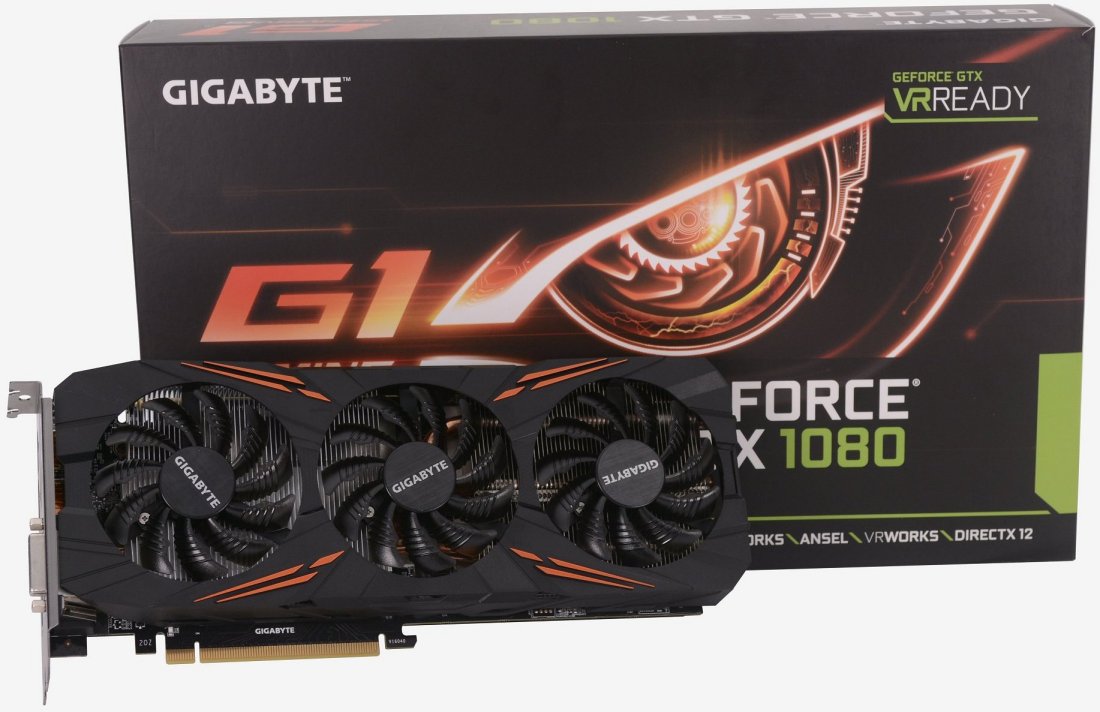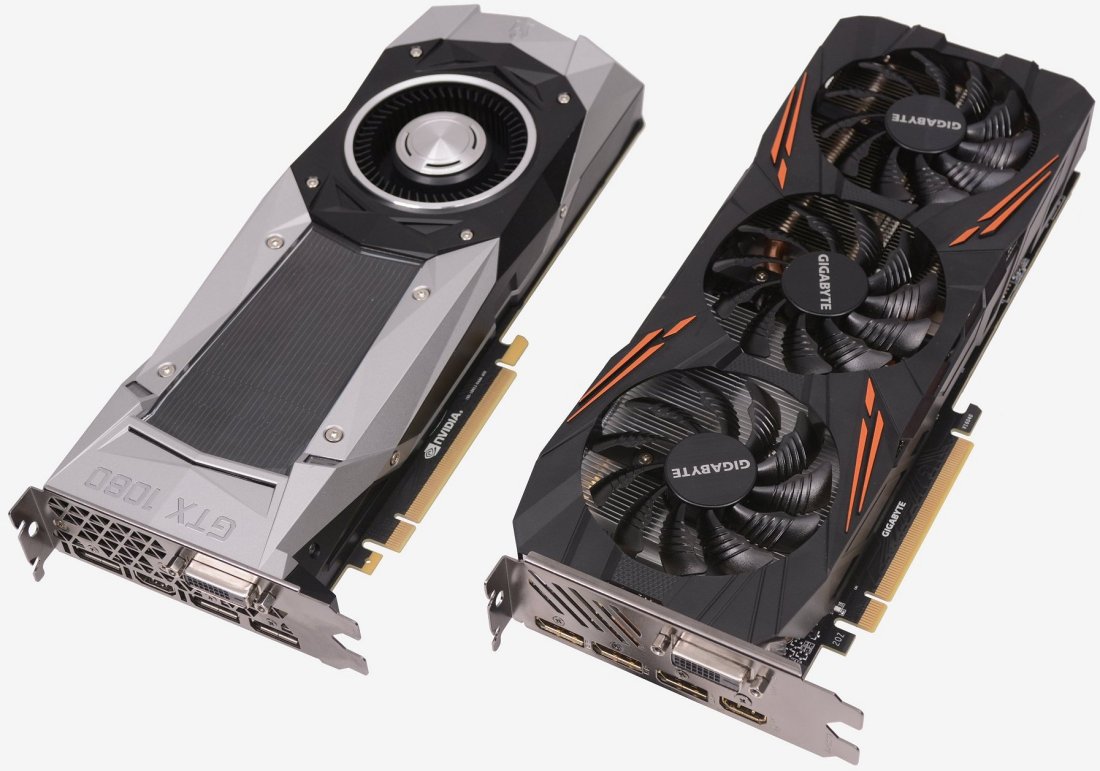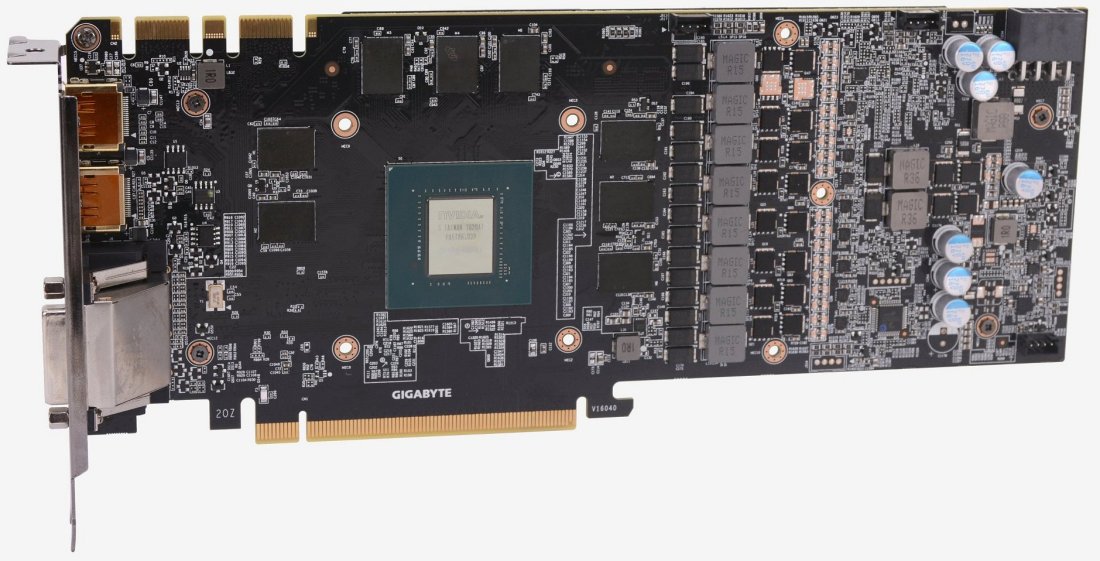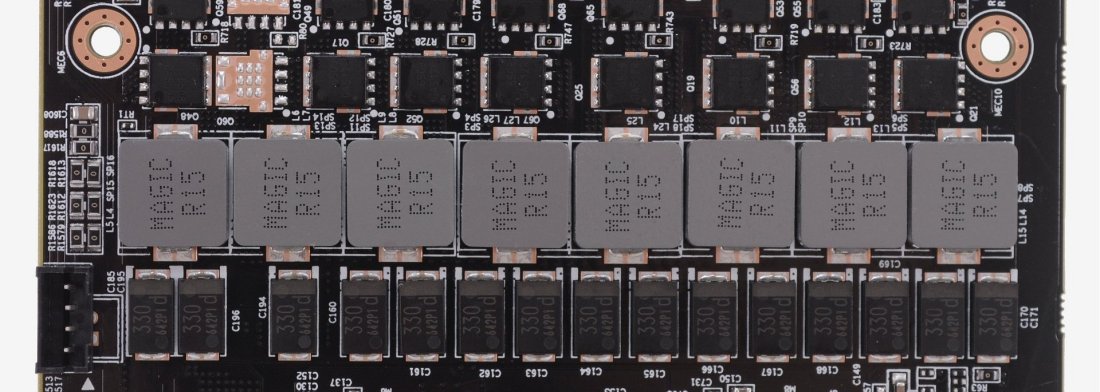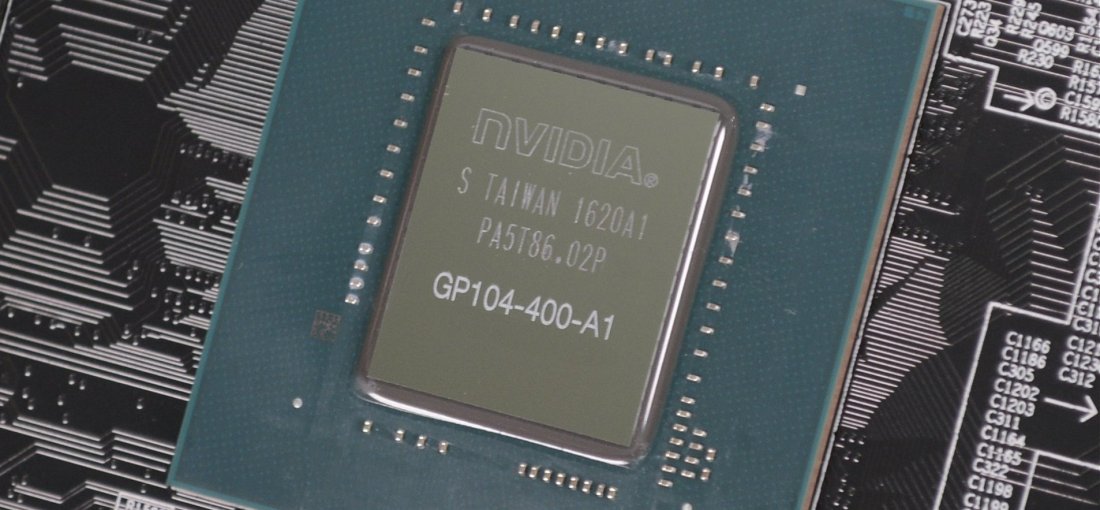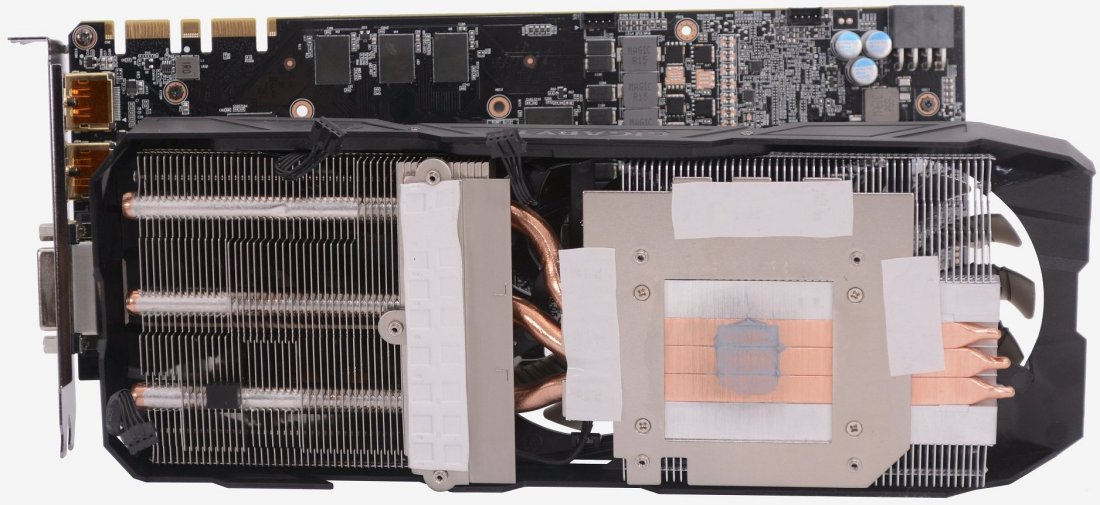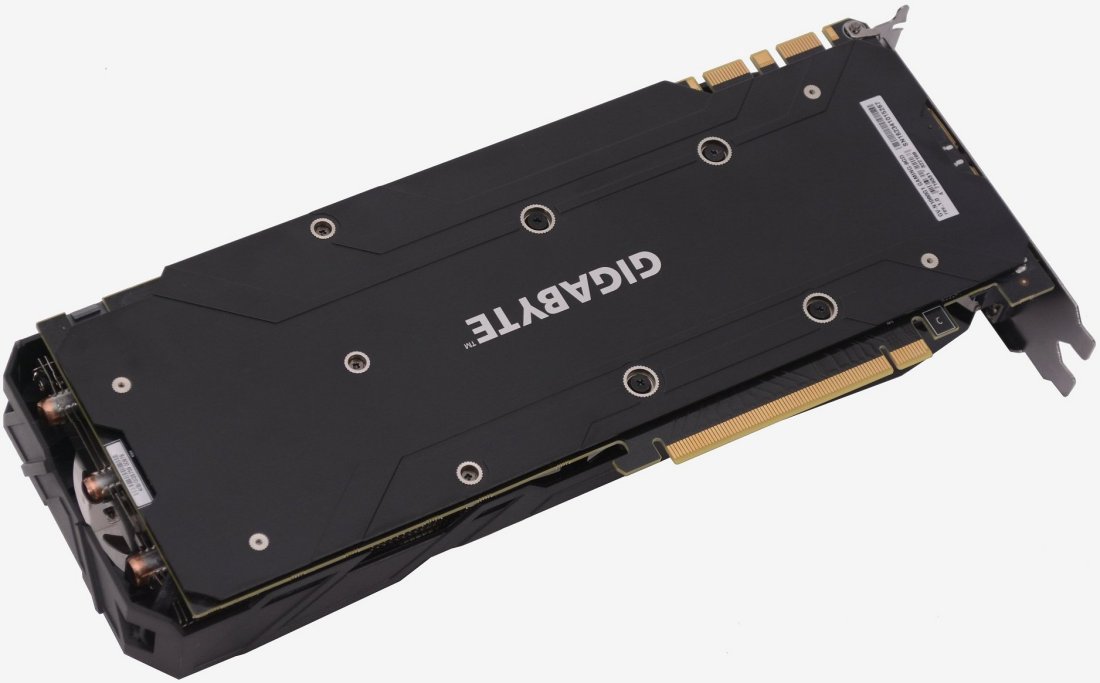When Nvidia released the GeForce GTX 1080 last month, it was the biggest intergenerational performance leap that we've seen in six years. The GTX 1080 offers a massive 60% increase in performance over the GTX 980 that it's replacing. It does this while staying in roughly the same power envelope, making the GTX 1080 the most impressive GPU we have seen in recent memory.
The GeForce GTX 1080 hit retail shelves on May 27th, and, unsurprisingly, sold out in short order. Now, as I write this two weeks later, major online retailers such as Newegg list over half a dozen GTX 1080 models, most of which are still sold out.
Among the sold out graphics cards you will find the new Gigabyte GTX 1080 G1 Gaming. It's a triple fan cooled 1080 that also boasts a redesigned PCB. Even though it's currently out of stock pretty much everywhere, we expect availability to improve shortly. Products like the G1 Gaming will likely see strong demand for some time, as they are already cheaper than the Founders Edition cards, and likely to get even less expensive.
For now, the Gigabyte GTX 1080 G1 Gaming is coming in at GTX 980 Ti money, though we do expect the $650 asking price to eventually hit the $600 MSRP set for the board partner cards.
Since first testing the reference GTX 1080 a month ago, we have been eagerly anticipating getting our hands on the board partner versions. The Nvidia GTX 1080 Founders Edition is one of the better 'reference cards' we have tested, but its thermal performance does leave something to be desired.
When it comes to custom designed graphics cards, Gigabyte almost always does a great job – for instance, we particularly liked the design of their Gigabyte GTX 780 GHz Edition and Radeon R9 290X OC graphics cards. So, when we got the opportunity to check out the new G1 Gaming version of the GTX 1080, we pounced right on it.
GTX 1080 G1 Gaming
Sitting next to the Founders Edition 'reference' graphics card, the G1 Gaming looks more geared towards the younger gaming crowd with orange highlights and an angular, 'edgy' plastic fan shroud (i.e. all edges). Not to say there's anything wrong with the design as such, it just doesn't exude the same degree of craftsmanship as seen from the Founders Edition.
Interestingly, the G1 Gaming card feels considerably lighter than the Founders Edition. Moving on, the G1 Gaming should be better cooled than the Founders Edition, seeing as it's supported by three 75mm fans moving air over two large arrays of aluminum fins connected by composite copper heat-pipes.
Gigabyte hasn't just slapped one of their WindForce 3X coolers on and called it a day either - the PCB has been redesigned and upgraded. Replacing the 5+2 phase power design of the reference board is an 8+2 design, which is better for load balancing, and should improve stability and help lower temperatures, particularly when overclocked.
While Gigabyte has upgraded the power circuitry on the PCB, the card isn't able to consume any more power than the reference Founders Edition card. This is because Gigabyte has stuck with the single 8-pin PCIe power connector, so the G1 Gaming shouldn't be able to draw more than 225 watts in all, at least in theory.
Out of the box, the GTX 1080 G1 Gaming operates at a core clock of 1695MHz base and a boost clock of 1835MHz, a mere 5% factory overclock out of the box. Using Gigabyte's Xtreme Engine software, it is possible to select the OC mode, a preset offered by Gigabyte which increases the clock speeds further.
Using the OC mode the G1 Gaming now runs at a base clock speed of 1721MHz (7% higher than reference spec) which results in a boost clock speed of 1860MHz.
Gigabyte usually gets the most out of their custom designed graphics cards – their GTX 980 Ti Gaming, for example, boasts an impressive 19% factory overclock. Then again, the 980 Ti is a proven overclocker, so Gigabyte's mild 5% factory overclock on their GTX 1080 could be interpreted as a sign that we won't be seeing much in the way of extra performance out of the partner cards.
Getting back to the G1 Gaming cooler, we find 200 x 100mm worth of heatsink sitting above the PCB. There are two main banks measuring 100 x 100mm each, and they are connected via three 8mm thick copper heatpipes. A black plastic fan shroud directs the air from the three fans over these heatsinks. Naturally, the shroud comes complete with RGB lighting. Let's face it - if a product has 'Gaming' in its name, it pretty much has to also have RGB lighting. Come to think of it, practically everything released in 2016 so far fits this description, and there's no reason to believe things will change anytime soon.
Still, the lighting isn't over the top on the G1 Gaming, so there's that. Owners can also look forward to the Gigabyte logo lighting up, as well as the 'Fan Stop' indicator turning on when the fans are inactive.
No doubt many of you will be pleased to find a full length back plate protecting the G1 Gaming. The plate itself is somewhat plain looking, though there is something to be said for the neat and tidy design.
Coming to the dimensions, the G1 Gaming PCB measures 270mm long, though the cooler which overhangs the PCB takes the full length to 283mm.
Now that we know what it looks like, feels like, and how it's built, on to the benchmarks!

